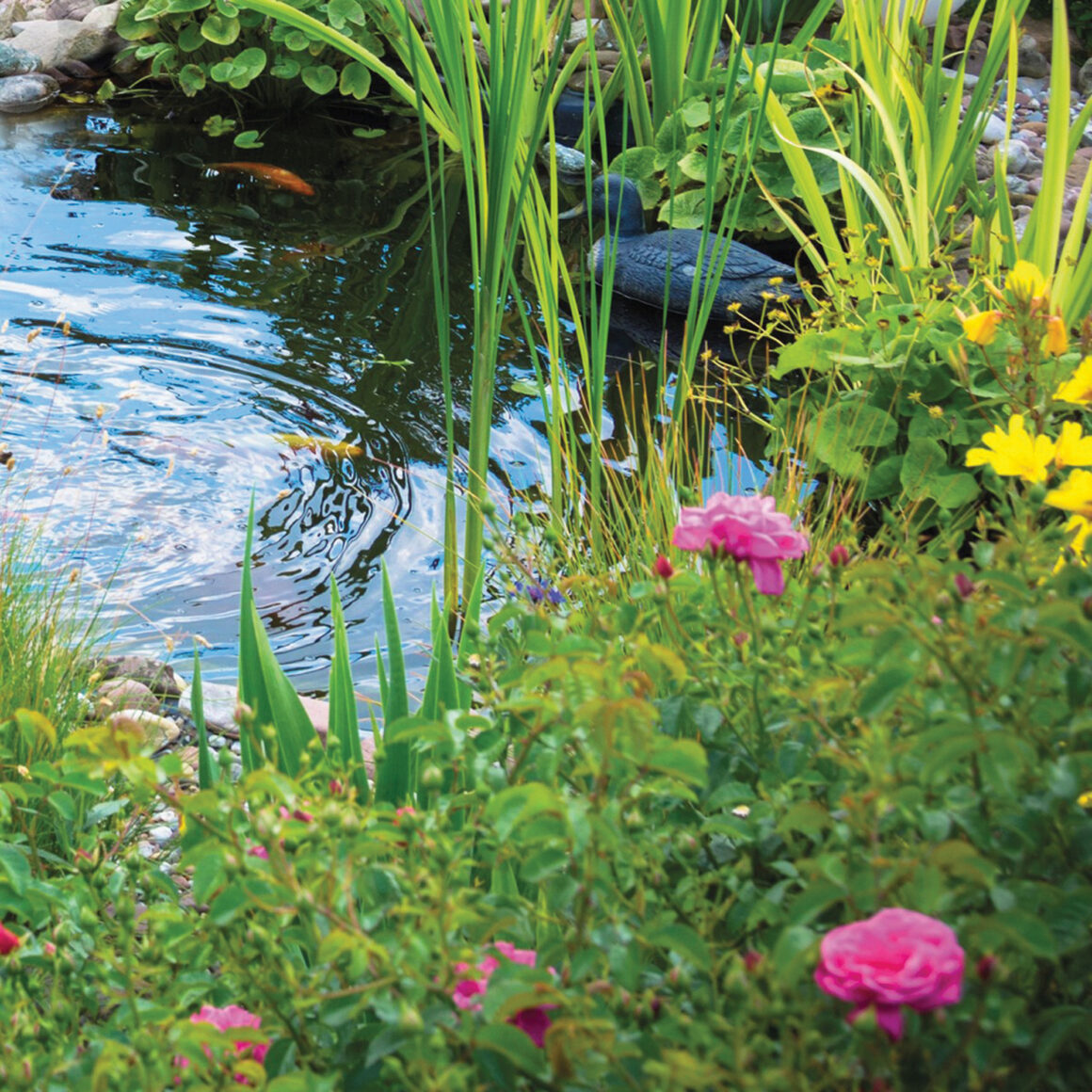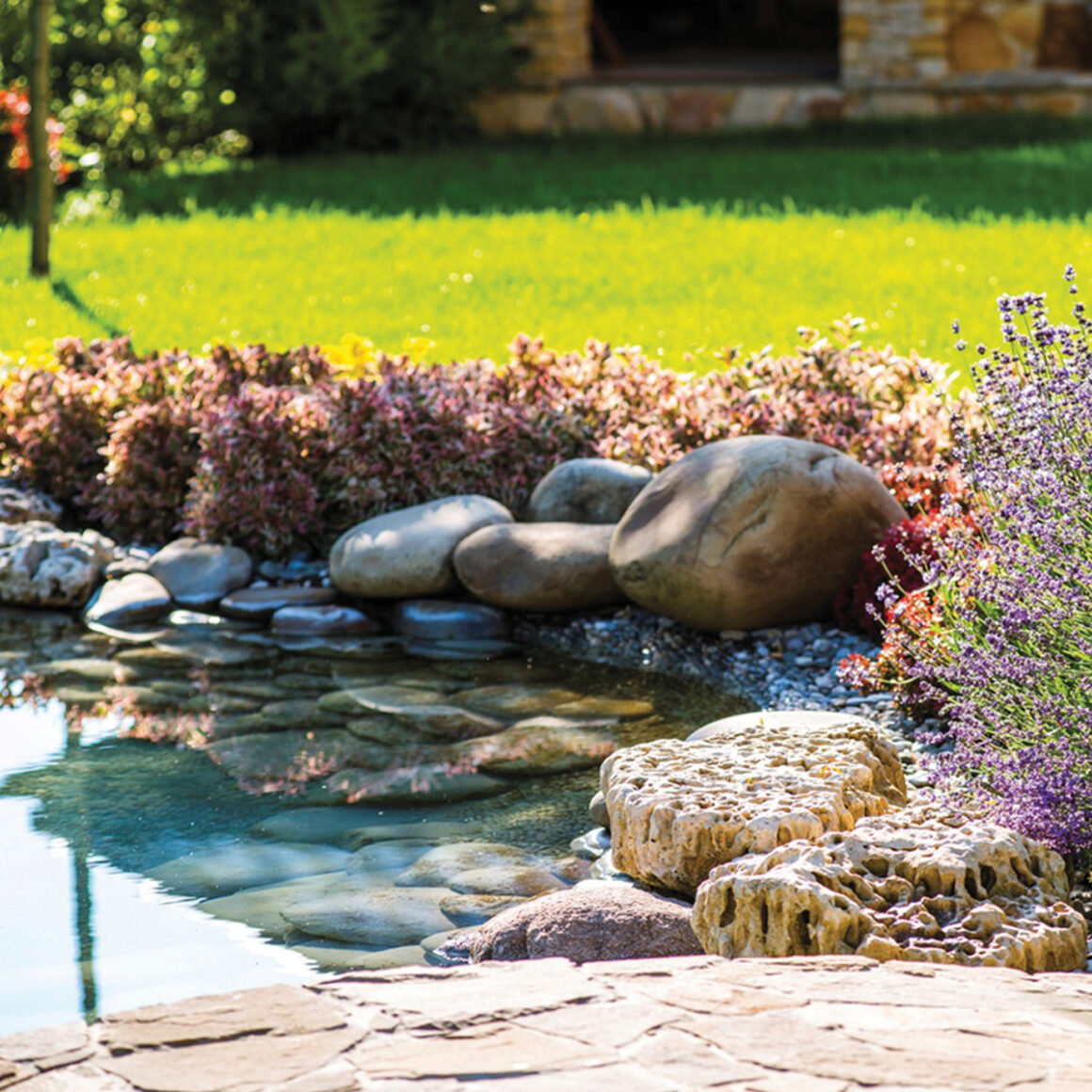Nine Simple Steps to create a Garden Pond
Experts from Oase UK, specialists in water gardening, have come up with a simple nine-point plan for easy installation of a pond which is an autumn project for the whole family. First, you need to think about location. Try and find somewhere that is clear from overhanging trees to avoid leaves dropping into the pond. If you want to keep fish, to create the right environment, your pond will also need to have sunshine for four to six hours a day.
You need the right tools for the job – a spade, a shovel, filling sand (play sand will do), a spirit level, a measuring tape, and a garden hose with a water connection.

Time to get started:
• Position the preformed pond in the desired location and mark the outline with sand;
• Then mark the different depth zones of the pond with sand;
• Now dig out the individual zones of the garden pond;
• Use the preformed pond to check you’ve dug enough out and touch up again if necessary;
• Level out the unevenness in the excavated steps with filling sand to create flat surfaces;
• Check the surfaces with a spirit level. If they are level the preformed pond can be inserted and then filled one third with water so that the bowl settles;
• Next, pour the filling sand under the edge of the preformed pond and fill this cavity with water. The water will slurry the sand to the edge of the pond shell. Repeat the process until the spaces under and next to the preformed bowl are filled;
• Now level the surrounding soil with topsoil, which provides the basis for the subsequent planting. Make sure that no topsoil gets into the water as it will encourage algae growth in the pond;
• You can now carry out planting to maintain the biological balance of your pond. The surrounding bank zone can be filled with large stones and gravel after planting to cover the transition to the preformed pond. The pond can now be filled with water and plants.

When choosing plants for ponds make sure you have a good mix of oxygenators. These are underwater plants that are essential in keeping algae at bay and are the most beneficial plants in any water feature eco-system.
Also, ornamental plants that cover the surface of the water with their floating leaves and root at the bottom of the water. Most ornamentals are grown in aquatic planting baskets lined with hessian and filled with a heavy loam soil then covered with grit to stop the soil from muddying the water. Planting baskets also help to stop the spread of vigorous growing plants. With aquatic plants less is more. Try three to start with as you need to be able to see open water around them.